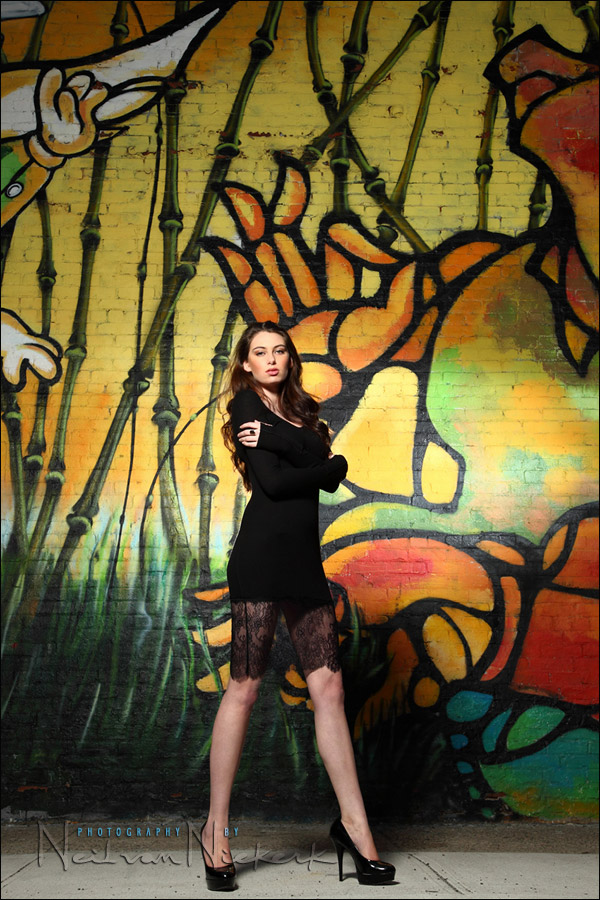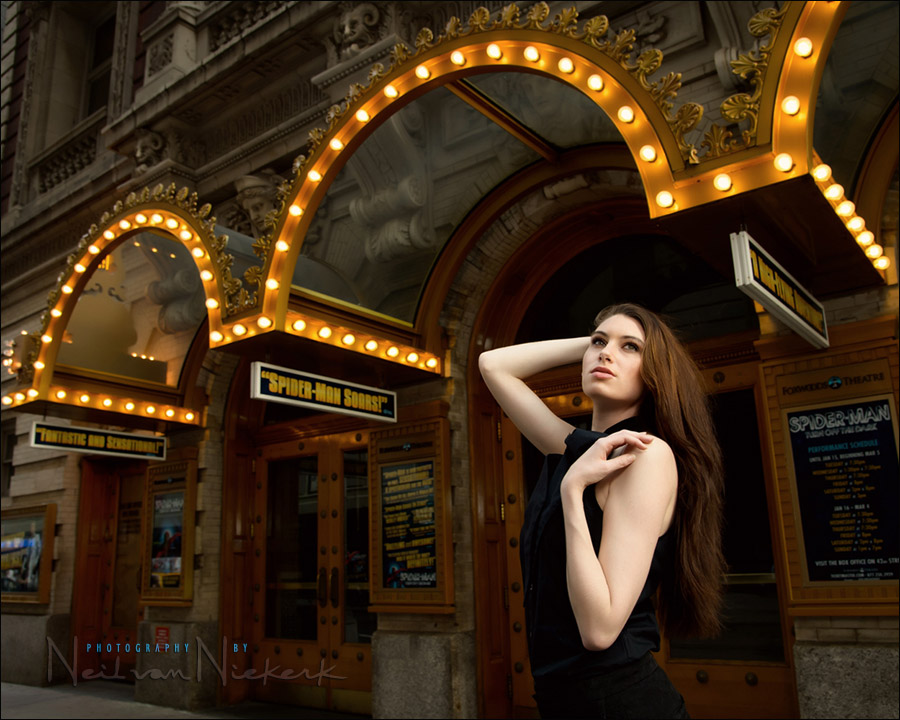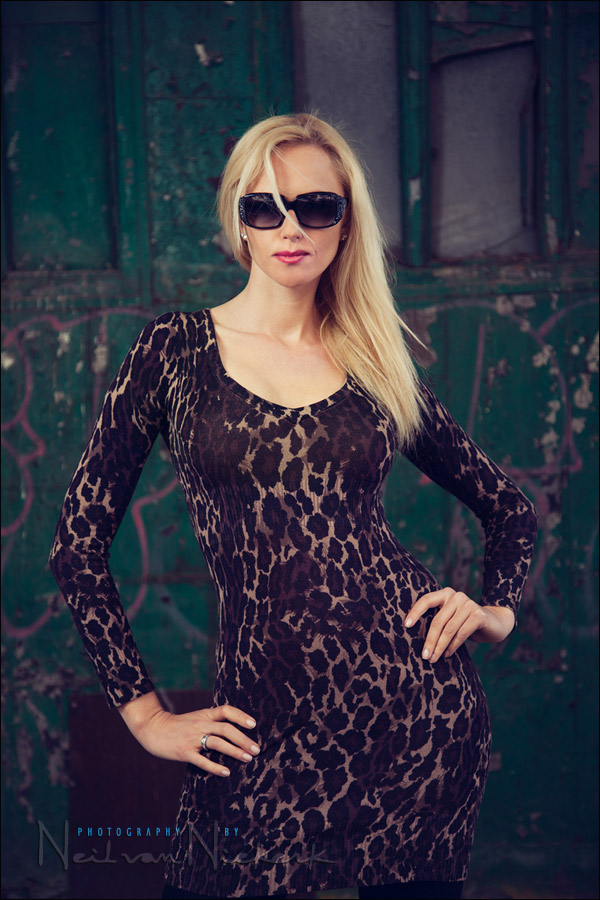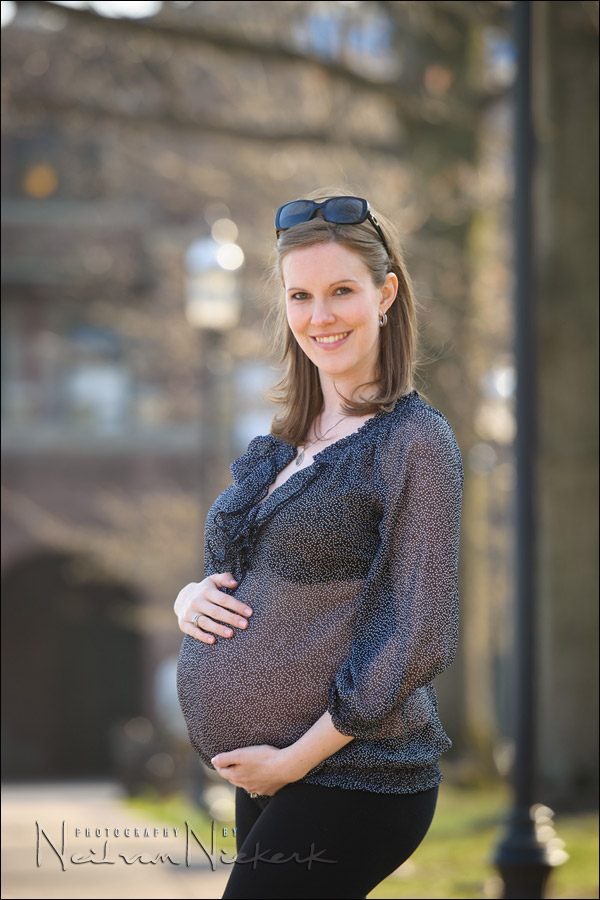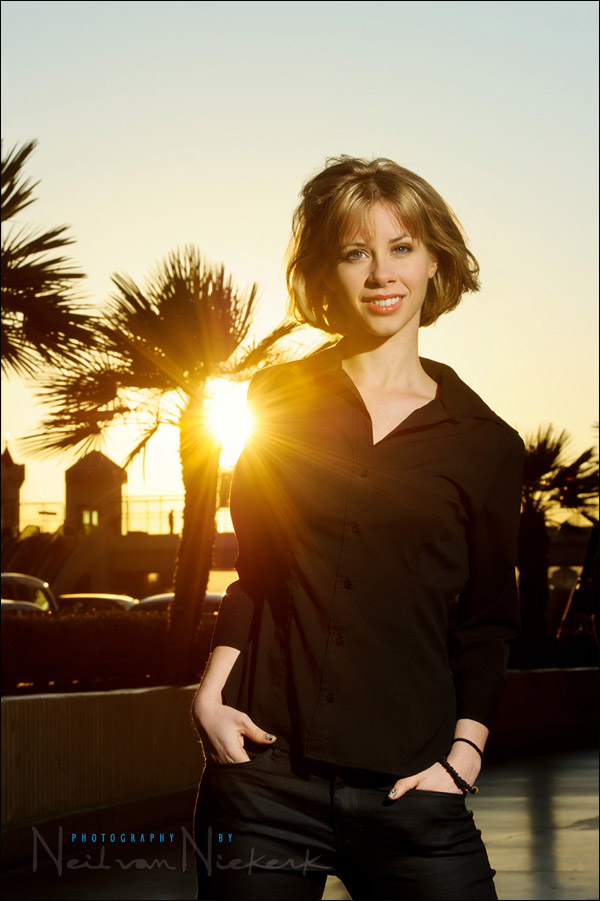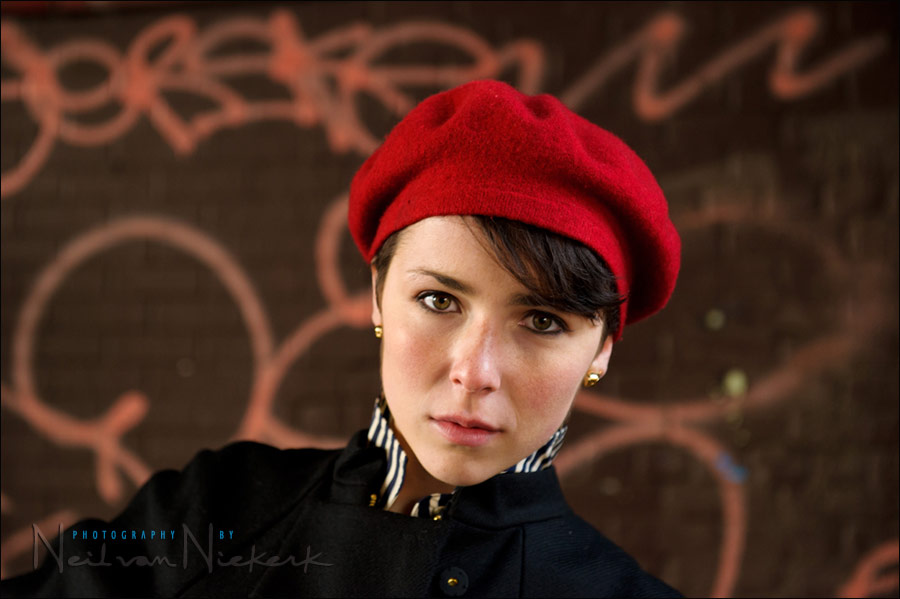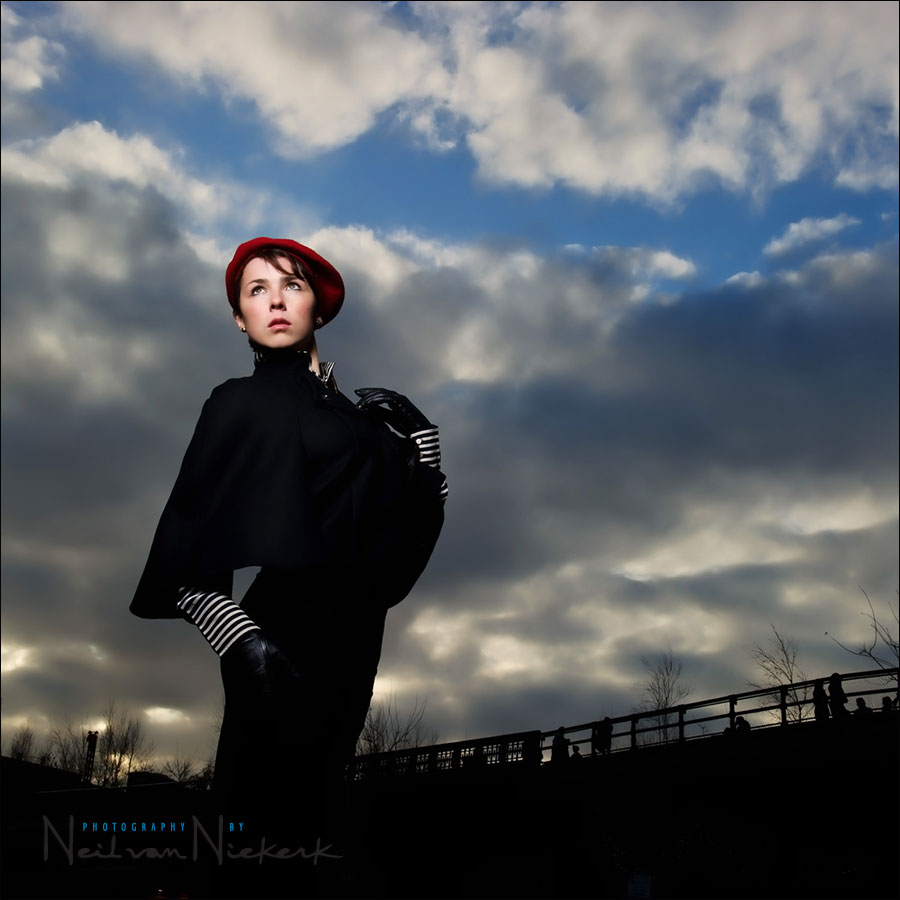Off-camera flash in low light – choosing your shutter speed
Off-camera flash in low light - choosing your shutter speed
With flash photography, the maximum flash sync speed is an important camera setting. It is the best go-to camera setting when you use flash in bright ambient light. But when we shoot in low ambient light levels, then we need to adjust our shutter speed accordingly. We would most likely be at a shutter speed where the ambient light shows up. We want some of the ambient light to register in our photographs, because it gives us context. Allowing more ambient light to appear in our low-light photos where we use flash, enhances Read more inside...review: Impact Quikbox Softbox (24″ x 24″)
review: Impact Quikbox Softbox (24 x 24")
My favorite diffuser / modifier for off-camera flash, is the Lastolite Ezybox 24x24 for speed lights (affiliate). The Lastolite Ezybox has featured often on the Tangents blog. (Here is the review). It's easy to use and super-easy to set up. And in its original configuration, folds up to a surprisingly small bundle. The good news for photographers who have been curious about the Lastolite Ezybox, is that Impact now makes a softbox - the Impact Quikbox 24x24 softbox (affiliate), which is virtually identical, at a lower Read more inside...Reasons to use TTL flash – speed & simplicity
Reasons to use TTL flash - speed & simplicity
Okay, true strobists might recoil in horror, but I often prefer using TTL flash to sweeten an image when shooting on location. I get to the final image faster than if I had gone the more methodical route of manual flash. For some situations, manual flash is the only way to go. For example, when your subject is static in relation to your lights and you have to get consistent lighting and consistent exposures, image after image, then manual flash makes the most sense. But for times where you want to shoot faster, and shoot on the Read more inside...Photographing in bright sunlight – find the shade!
Photographing in bright sunlight - find the shade!
Hard sunlight must be one of the most difficult lighting scenarios to work under. But with a bit of thought, we can work around it and still easily get photos that look great. It's a topic that we've touched on a number of times on the Tangents blog, (see related articles at the end here). Where I can though, the simplest approach for me though, is where I can, is to just not deal with the hard sunlight. I find shade. This maternity portrait session of Amy was taken on a bright day, and I wanted to avoid her squinting in Read more inside...Photography lighting patterns
I'm always very happy to feature Chuck Arlund as a guest on Tangents. Anyone who knows Chuck in person will tell you about the crazy energy he has, and how inspiring and innovative he is in his lighting. Back to basics. When shooting a portrait or any person for that matter it is good to understand some light patterns to help determine what kind of mood you would like to create.
Photography lighting patterns
a guest post by Chuck Arlund, Kansas City photographer Read more inside...Tutorial: How to use the guide number of your flash
Tutorial: How to use the guide number of your flash
GN = distance * f-stop Your flash's Guide Number (GN) is determined at 100 ISO, when it gives correct exposure at a certain distance, multiplied by the f-stop The idea that we can figure out the manual flash exposure by the combination of distance and aperture (for a given ISO setting), was covered in these recent topics: - getting the most power out of your flash / speedlite / speedlight - practical tutorial: controls for manual flash exposure In these articles, we relied on the display on the back of the Read more inside...Getting the most power from your flash / speedlite / speedlight
Getting the most power from your flash / speedlite / speedlight
This might be obvious, but the most power (or light) that you're going to get from your flash, is at full output in manual. Then the flash dumps everything it has. Full power. You could of course zoom your flash-head a little tighter and get more power / range, but essentially, you're at the limit. This is useful to know when you're balancing flash with bright sunlight. With this portrait of Shawna, out on the Las Vegas strip, I wanted that sun-flare look ... but I also wanted to balance the super-bright background Read more inside...Short Lighting with available light – and adding a little bit of flash
Short Lighting with available light - and adding a little bit of flash
When working with available light or flash or video light or any kind of additional light, the most important aspect of the light is the direction of the light. We need to take a moment and observe the light. Where do the light sources come from? What is the quality of the light? As a short-cut idea, I usually aim for Short Lighting, whether I am using flash or available light. More on the topic of Short Lighting: - Off-camera flash: Short lighting vs. Broad lighting - Bounce flash photography – Short Read more inside...Flash photography tip: Find your background, then your settings
Flash photography tip: Find your background, then your settings
With flash photography on location, we nearly always start off by figuring out what we want to do in relation to our available light. We might just need fill-flash, or or flash might need to do the "heavy lifting" and expose correctly for our subject in relation to the available light. When we have our subject in (relative) shade, and need to figure out our flash exposure, we also need to decide exactly what our background is. It usually works best to be specific about our background ... and how we position ourselves Read more inside...- « Previous Page
- 1
- …
- 9
- 10
- 11
- 12
- 13
- …
- 15
- Next Page »
